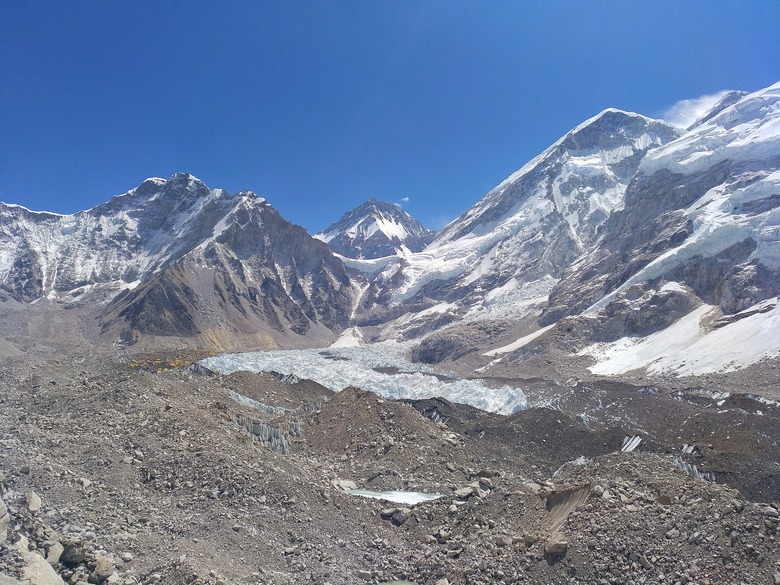Science Projects On Glaciers
Glaciers are a fascinating topic for many students. What they are, how they form, how they impact the land around them, how icebergs break away from them: These are all questions for earth science classes, and science projects are the best way to answer them. If you're looking for great ideas for glacier science projects, you might want to consider building miniature scale models of glaciers or performing research on their workings. This will not only guarantee you a creative challenge but will also serve to educate and motivate you, especially if you're considering going into the field of earth sciences.
Conducting Research on Glaciers around the Globe
Conducting Research on Glaciers around the Globe
Glaciers can be found on all continents, apart from Australia. Study how do they form and where they are most abundant. If you perform a research on glaciers from all over the world and how they came into being, you're on your way to having one of the best science projects on glaciers. After all, there are few projects on glaciers that can outline the history and formation of glaciers as well as this one. Your project should also use charts and maps to show glacier formation and movement.
Building a Miniature-Scale Glacier and Showcasing Its Movements
Building a Miniature-Scale Glacier and Showcasing Its Movements
One of the most popular science projects on glaciers is building a miniature glacier, which can allow you to show how a glacier moves when it comes under pressure. You can use corn starch, water, waxed paper and gravel to model how glaciers move. Start by placing a dollop of mixed corn starch on the waxed paper. Keep adding to see how it moves. Explain what happens when you place the gravel on the outer edge and top of your "glacier." You can show how the glacier slides along its base (waxed paper) and how it spreads under the influence of the weight of ice as well as the effect of gravity.
Study of How Icebergs Break Away from Glaciers
Study of How Icebergs Break Away from Glaciers
While building your miniature glacier model, you can create a model that encompasses an iceberg by creating another three-dimensional piece from the same construction paper that fits into the initial glacier as though it's a jigsaw puzzle. Then, you can explain the concept of the iceberg breaking off when the glacier moves to warmer waters. This break can be shown using crevasses (fissures) on the surface of the glacier that were already caused by its movement.
Doing a Study on the Physical Effects of Glaciers
Doing a Study on the Physical Effects of Glaciers
The physical effects to the earth caused by glaciers are massive. As far as science projects on glaciers go, this is one of the most informative and challenging studies to do. Map out the world's largest glaciers and chart their effects on the earth. Most glaciers on their natural path have drastically altered the courses of rivers, formed deep valleys and created natural dams. Explain how this was done. (See Resources for websites that can help you get started with this project.)
Cite This Article
MLA
Whitney, Kaycee. "Science Projects On Glaciers" sciencing.com, https://www.sciencing.com/science-projects-glaciers-8088358/. 22 November 2019.
APA
Whitney, Kaycee. (2019, November 22). Science Projects On Glaciers. sciencing.com. Retrieved from https://www.sciencing.com/science-projects-glaciers-8088358/
Chicago
Whitney, Kaycee. Science Projects On Glaciers last modified August 30, 2022. https://www.sciencing.com/science-projects-glaciers-8088358/
